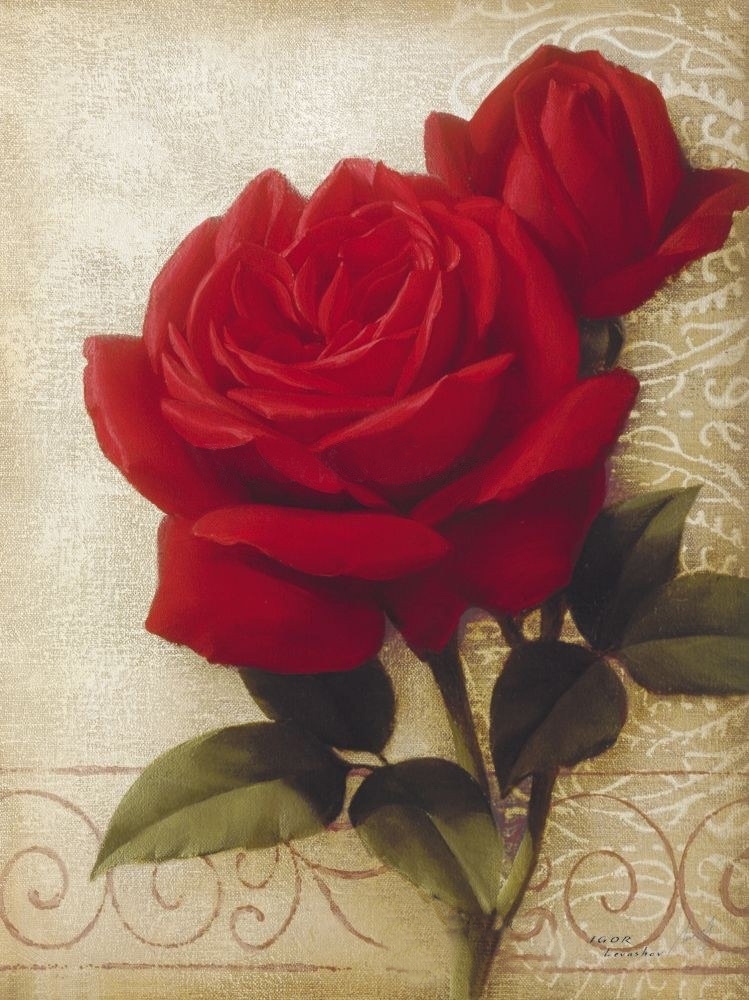The Cleveland Museum of Art is renowned for the quality and breadth of its collection, which includes more than 63,000 artworks and spans 6,000 years of achievement in the arts.
The museum is a significant international forum for exhibitions, scholarship, and performing arts and is a leader in digital innovations.
One of the top comprehensive art museums in the nation, recognized for its award-winning Open Access program and free of charge to all, the Cleveland Museum of Art is located in the University Circle neighborhood.
John French Sloan | A woman's work, 1912 | Cleveland Museum of Art
Trained as a journalist, the young John French Sloan (1871-1951) explored social issues more vigorously than most of the painters of his time, portraying working-class urbanites engaged in ordinary activities.
He observed this particular scene through a rear window of his Manhattan apartment.
Perched on a narrow fire escape, a woman hangs fresh laundry to dry on clotheslines strung between tenements.
As evidenced by the painting, the labors of American women at the turn of the 1900s were most often confined to the domestic realm. | Source: © Cleveland Museum of Art
John French Sloan (American, 1871-1951) | A woman's work, 1912 | Cleveland Museum of Art





















